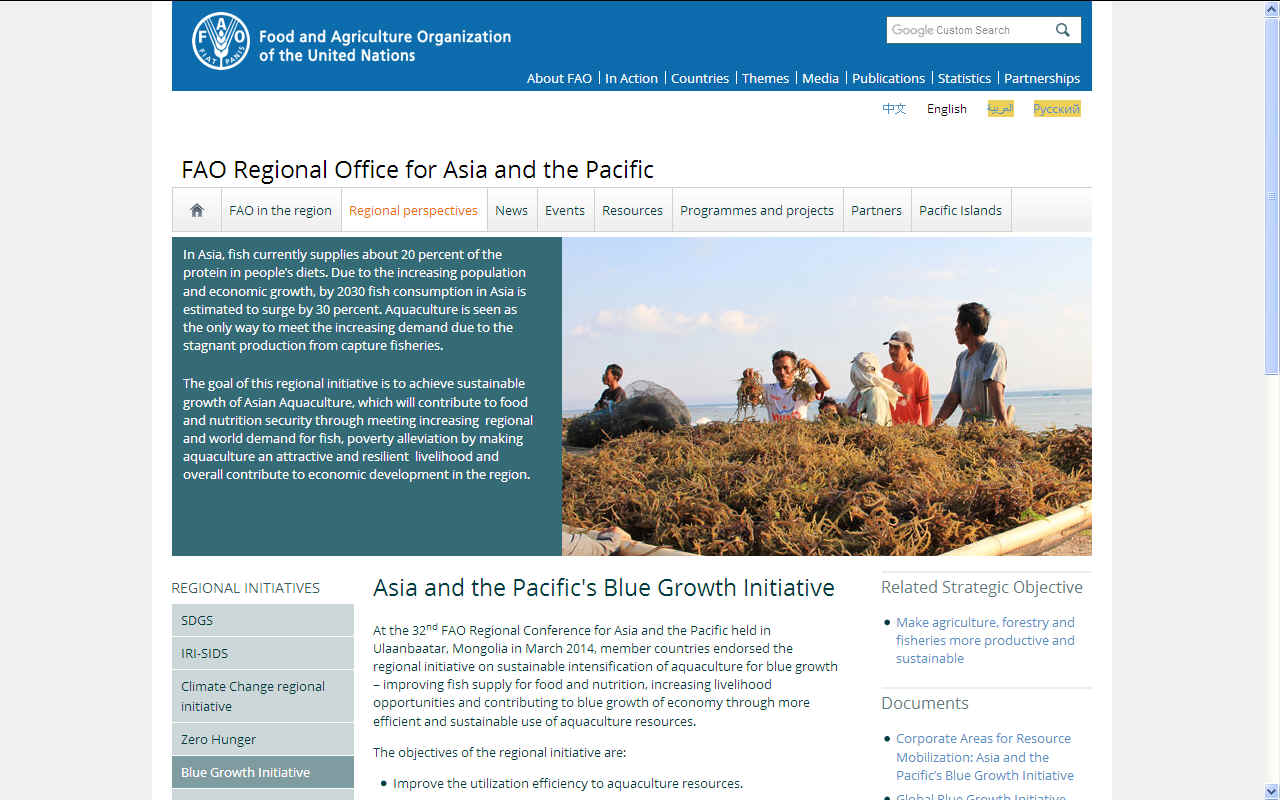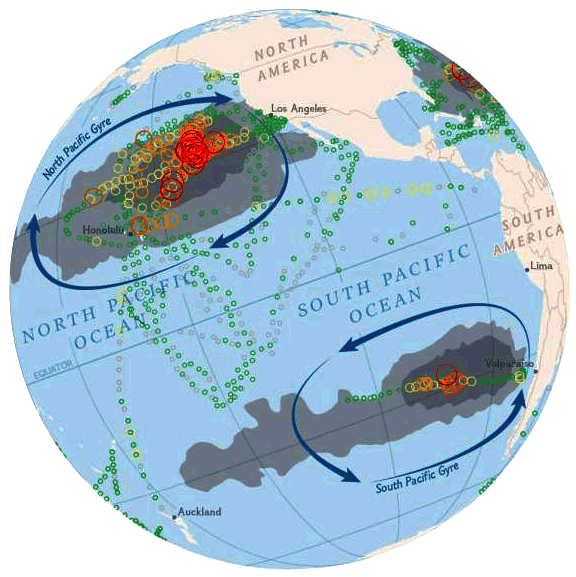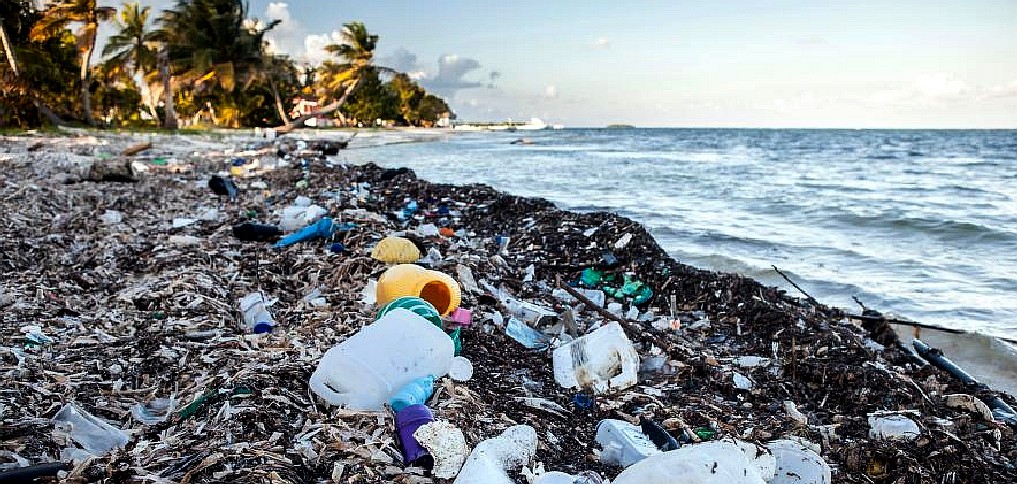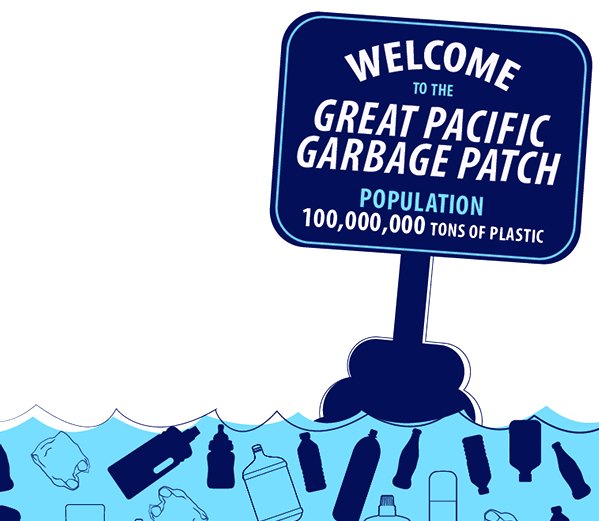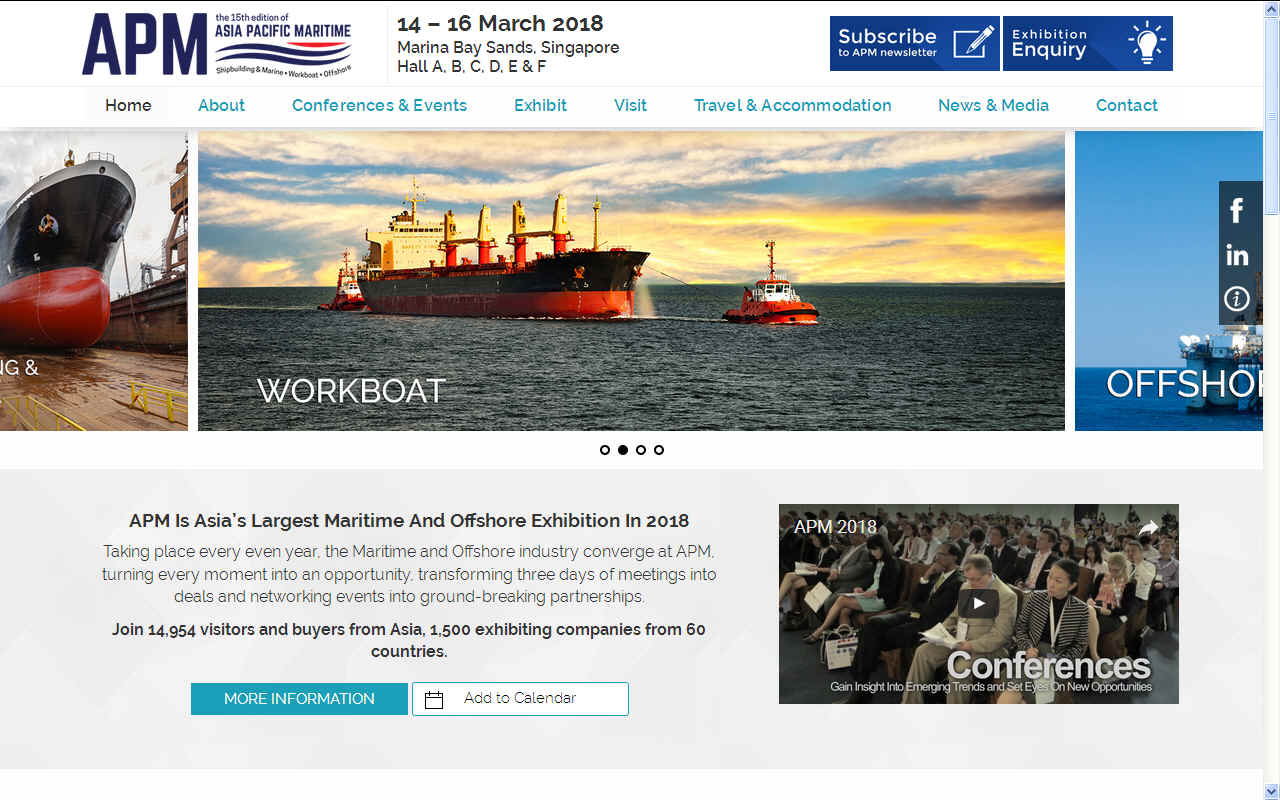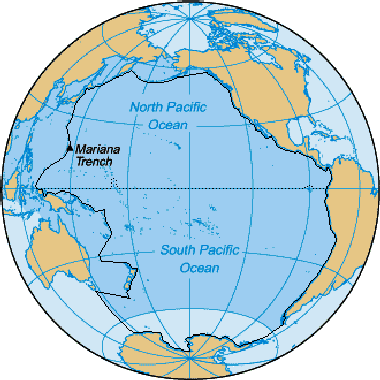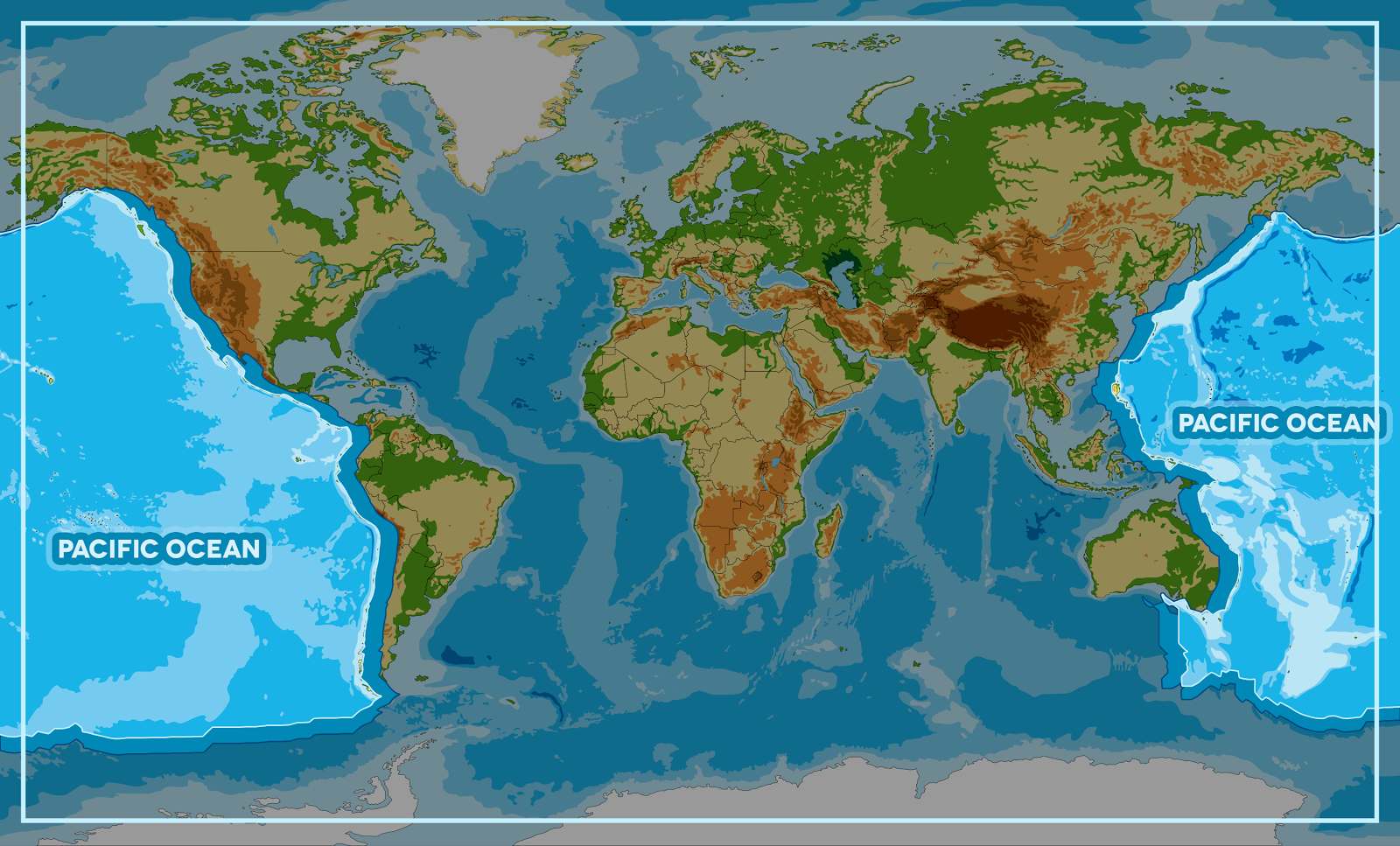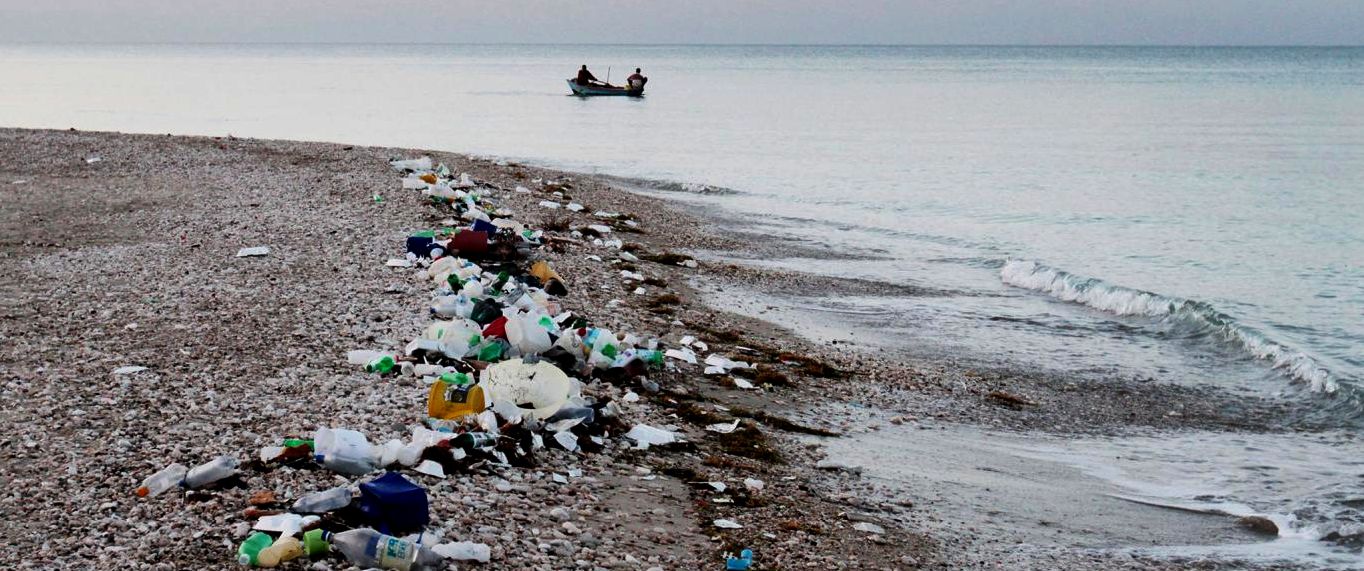|
PACIFIC OCEAN - AGENDA 2030
ABOUT - CONTACTS - FOUNDATION - HOME - A-Z INDEX
The UN's Agenda 2030 kicks off with a 5 year period from 2018 to 2023 to move the blue growth agenda into another gear with specific sustainability development goals (SDGs) of which 14 concerns our oceans and seas.
For the Asia-Pacific area, you can see that the FAO's recommendations hinge on increased fish farming, without in any way tackling the ingestion of micro plastics that makes eating fish, shellfish and filter feeders a potential health risk in terms of toxic biomagnification and carcinogens.
In addition, most fish feed comes from fishing open water fisheries, meaning a significant loss in terms of protein for humans via the conversion chain.
Australia is tackling this via initiatives to use insect protein to feed fish. Not a bad idea, save that nobody as yet knows if farmed insects that are fed to fish, may have problems like Mad Cow disease. Of course, experiments should be carried out to see if it is safe.
ASIA
and the PACIFIC'S BLUE GROWTH INITIATIVE
GLOBAL WASTE PROBLEM - The above view of planet earth as a globe show us the great Pacific ocean gyres with estimates of plastic waste in (thousands) numbers of pieces of plastic waste per square kilometer of sea. The north and south Pacific Ocean gyres are held to be the worst at the moment.
PARADISE
LOST
GLOBAL WASTE PROBLEM - The above views of planet earth as global views show us the Atlantic, Indian and Pacific ocean gyres and estimates of plastic waste in (thousands) numbers of pieces of plastic waste per square kilometer of sea. The Pacific Ocean gyres are held to be the worst at the moment.
ASIA PACIFIC MARITIME 2018 (APM 15th EDITION)
Asia Pacific Maritime (APM) is the premier marine trade exhibition in South East Asia during 2018. It is particularly strong in showcasing the latest marine equipment, products and services as well as incorporating workboat and offshore technology and services.
APM CONTACTS
Tel: +65 6780 4586
NORTH & SOUTH - Delineation of the Pacific Ocean as recognised internationally
OCEAN AWARENESS CAMPAIGN - As part of the Cleaner Ocean Foundation's ocean literacy campaign, we are developing a game that can be played on mobile devices like the iphone or android smart phones. In this game children learn a little about geography as they select one of five ocean areas to rid of marine litter. The screen above shows that the player has selected the Pacific Ocean to tackle. Copyright Map © January 29 2018 all rights reserved COF Ltd. The name SeaVax is a registered ® trademark.
LINKS & REFERENCE
http://www.fao.org/asiapacific/perspectives/blue-growth/en/ http://www.apmaritime.com/home/ http://news.nationalgeographic.com/news/2015/01/150109-oceans-plastic-sea-trash-science-marine-debris/ http://www.independent.co.uk/environment/plastic-waste-in-ocean-to-increase-tenfold-by-2020-10042613.html https://sustainabledevelopment.un.org/sdg14 http://wef.ch/plasticseconomy
THE
INDEPENDENT FEB 2015 - The world’s oceans are being filled with enough plastic waste to thickly line every coastline in the world, according to the first detailed global assessment of the problem.
ABS - BIOMAGNIFICATION - BP DEEPWATER - CANCER - CARRIER BAGS - CLOTHING - COTTON BUDS - DDT - FISHING NETS FUKUSHIMA - MARINE LITTER - MICROBEADS - MICRO PLASTICS - NYLON - OCEAN GYRES - OCEAN WASTE - PACKAGING - PCBS PET - PLASTIC - PLASTICS - POLYCARBONATE - POLYSTYRENE - POLYPROPYLENE - POLYTHENE - POPS - PVC - SHOES SINGLE USE - STRAWS - WATER
AEGEAN - ACIDIFICATION - ADRIATIC - AMBRACIAN GULF - ARCTIC - ATLANTIC - BALTIC - BAY BENGAL - BAY BISCAY - BERING - BLACK - CARIBBEAN - CASPIAN - CORAL - EAST CHINA SEA ENGLISH CH - GOC - GUANABARA - GULF GUINEA - GULF MEXICO - INDIAN - IRC - IONIAN - IRISH - MEDITERRANEAN - NORTH SEA - PACIFIC - PERSIAN GULF - SEA JAPAN STH CHINA - PLASTIC - PLANKTON - PLASTIC OCEANS - RED - SARGASSO - SEA LEVEL RISE - SOUTHERN - TYRRHENIAN - UNCLOS - UNEP - WOC - WWF
This website is provided on a free basis as a public information service. copyright © Cleaner Oceans Foundation Ltd (COFL) (Company No: 4674774) 2025. Solar Studios, BN271RF, United Kingdom. COFL is a charity without share capital. The names Amphimax™ and SeaVax™ are trademarks.
|
